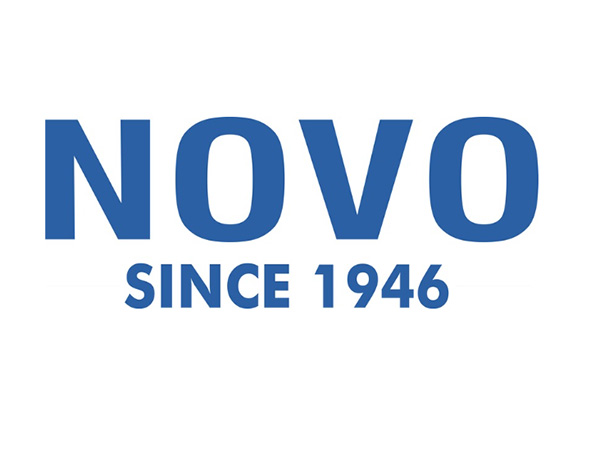
Confirmation of where Christopher Columbus' body is kept
Oct 12, 2024
Cuba [US], October 12: Spanish scientists claim to have proven that the bones in a tomb in Seville are those of navigator Christopher Columbus.
Christopher Columbus ( 1451-1506) died in the Spanish city of Valladolid but had wanted to be buried on the island of Hispaniola, now Haiti and the Dominican Republic, according to The Guardian . His body was taken there in 1542 and in 1795 to Cuba, returning to Seville in 1898 when Spain lost control of Cuba after the war with the United States.
On October 10, after two decades of testing and DNA research, forensic expert Jose Antonio Lorente said the remains found in the tomb at Seville Cathedral were those of Christopher Columbus , according to The Guardian .
"Today, thanks to new technology, the previously imperfect hypothesis that the body in Seville is that of Christopher Columbus has been firmly confirmed," the expert affirmed. Mr. Lorente is the leader of a research team at the University of Granada ( Spain ). His team compared DNA samples from the grave with the DNA of Mr. Columbus's brother Diego and son Fernando.
On October 12, as Spain celebrates the national holiday of Columbus' discovery of the New World (America), a special television program will be broadcast in which scientists will answer the question of whether Christopher Columbus was really Italian (from Genoa) as has long been claimed, or was he Swedish, Portuguese, French, Greek, Scottish and from many other regions of Spain.
Mr. Lorente described the investigation as very complex but had some really important results, which will help scientists in many studies and analyses and will be evaluated by historians.
On the other hand, Mr. Lorente said that some of Columbus' remains may still be in the Caribbean. In 1877, excavators found a small lead box containing bone fragments at the Santo Domingo Cathedral in the Dominican Republic with the inscription: "The illustrious and distinguished man, Christopher Columbus." The bones were buried at the Faro a Colon monument in the municipality of Santo Domingo Este. Mr. Lorente said that the bones were incomplete and could be those of Christopher Columbus.
Source: Thanh Nien Newspaper









